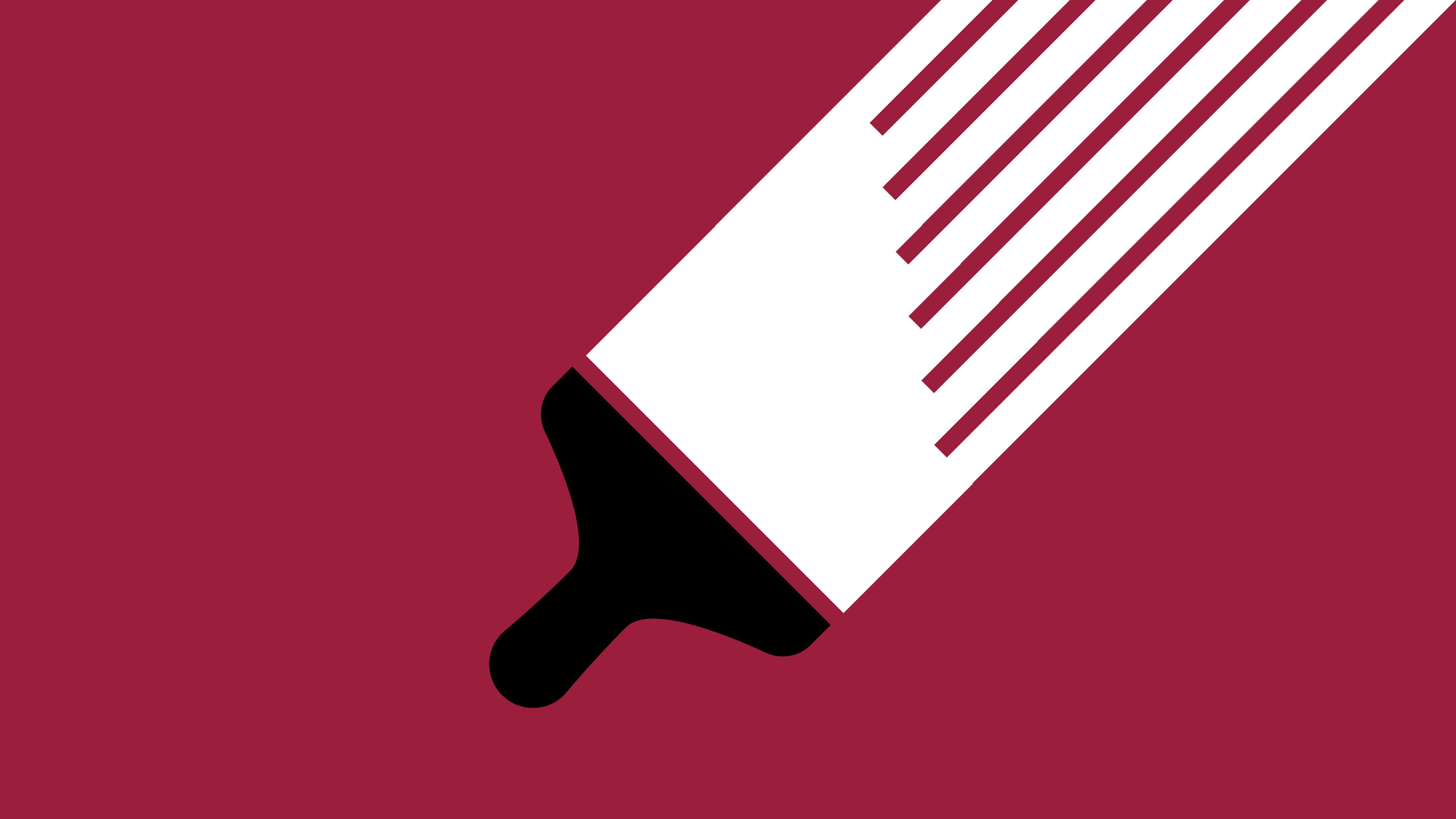- Build trust in the feedback process Shawn Sprockett, Godfrey Dadich Partners
- Giving people permission to get involved Ben Gibbs, Freelance
- Moodboards for Style Guides Shawn Sprockett, Godfrey Dadich Partners
- Take a leap of faith creatively David Hayes, In the Company of Huskies
- Reading the room when speaking with clients Ben Gibbs, Freelance
Up next...
Insights / The creative process
Balancing data driven design and “creative gut”
Data-driven design is a term i've used a lot over the years because there's a security with design that has proved its value through consumer testing, or numbers, or whatever, and I think there's a time and a place for that, but you shouldn't necessarily let that dictate the creative.
Some clients, and a lot more clients are in the technology space, and they are built on data, and optimisation, and customer flows, and speed. You can you present five options of your product to any customer any given time, you can optimise a button, look at Amazon, there's a business that's built on data, a visual language that's built on data. It's ugly as hell, why would you ever design something that looks like that? But if you strip away all the visuals, you get something that's very data-driven.
You've got to use data in the right way. I guess if you think about it, let's say you're designing a website, or a publication, or something, you whack a grid on, are the grid parameters a tool that enables you to design? Enables you to structure your content, and your thinking? Is that data? Possibly, but do you let that dictate everything? There's no one way to do a grid, there's infinite ways.
You've got to get the mix right, a bit of data, a bit of gut, a bit of intuition, and common sense often, and you've got to interpret the data in the right way, and listen to what customers are really saying, and not get distracted by nuances from five people around the table in a room. Are they representative of the population, or the audience? Then that also relies on good partnerships with people who are doing the research, or if you're doing the research, it relies on your ability and skill to tease that quality out.
Balancing data driven design and “creative gut”
Previously: KotoWolff OlinsBabylon Health
Clients: Uber

